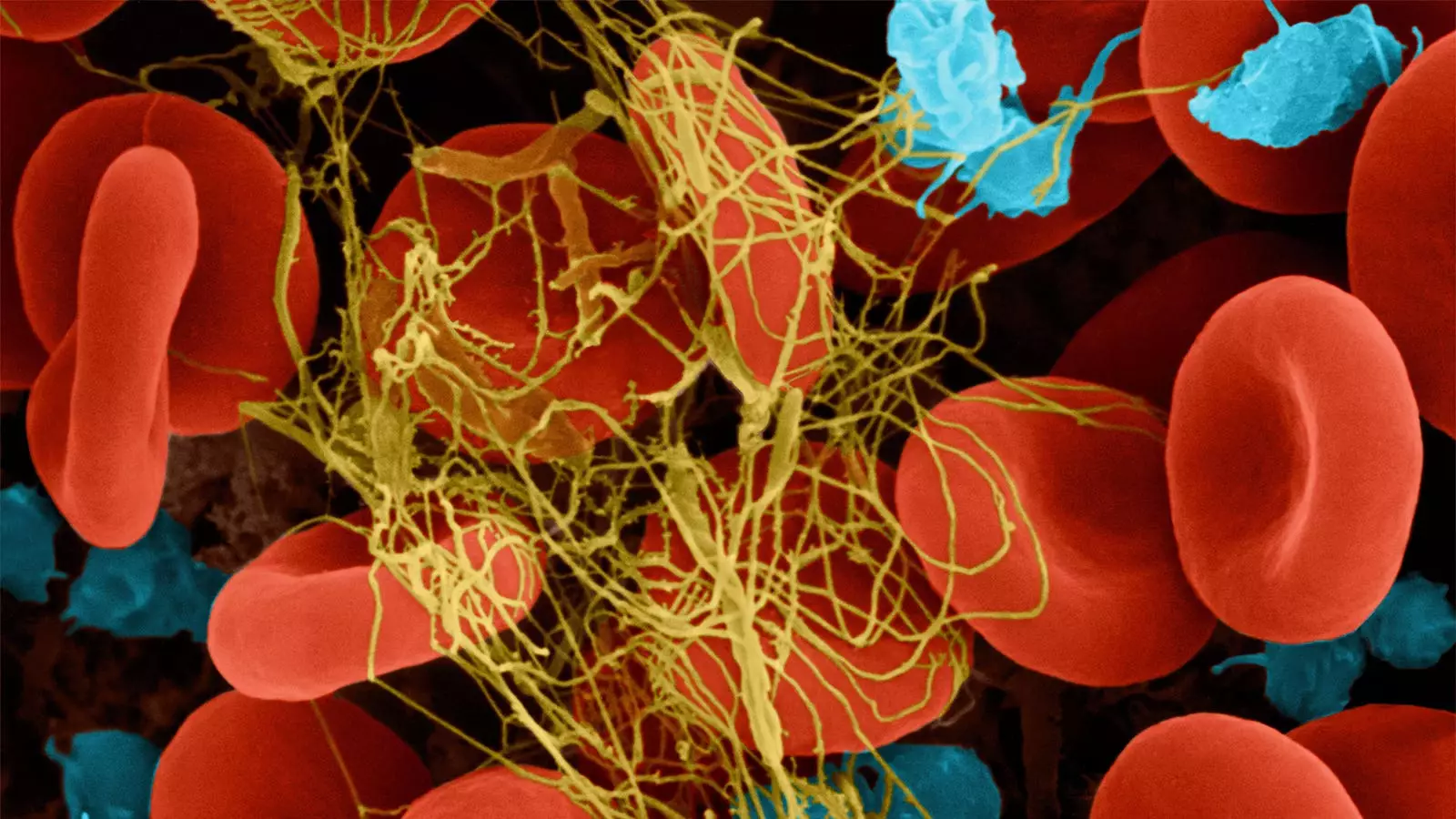Hemophilia B is a genetic disorder characterized by insufficient levels of clotting factor IX, which leads to excessive bleeding. For years, patients have relied on prophylactic factor IX therapies to manage their symptoms and prevent bleeding episodes. However, recent advancements in gene therapy have offered promising alternatives that could drastically change the landscape of treatment. One pivotal study, the BENEGENE-2 trial, has demonstrated the potential of a new gene therapy known as fidanacogene elaparvovec to provide durable efficacy and significantly reduce the need for traditional therapies.
The BENEGENE-2 trial, which was designed to assess the safety and efficacy of fidanacogene elaparvovec, found that nearly 75% of participants were able to discontinue regular prophylactic factor IX treatments without experiencing an increase in bleeding events. This finding is particularly critical considering the burdens that traditional therapies place on patients and healthcare systems. Adam Cuker, MD, from the Perelman School of Medicine at the University of Pennsylvania, reported that the trial demonstrated a remarkable reduction in the total annualized rate of bleeding episodes, decreasing by an impressive 71% after receiving the gene therapy.
The implications of these findings extend far beyond mere statistics. Reducing the annualized bleeding episodes not only improves the quality of life for patients but also significantly diminishes healthcare costs associated with continuous treatment and emergency care for bleeding episodes. The trial results met prespecified criteria for noninferiority when compared with standard factor IX prophylaxis and ultimately provided the foundation for FDA approval of the therapy earlier this year.
A highlight of the BENEGENE-2 trial is the sustained improvement observed in the factor IX activity levels among participants. More than 80% of participants achieved factor IX activity levels within the mild hemophilia range for a sustained period of 15 to 24 months following treatment. This is remarkable, as it suggests that the gene therapy can produce lasting effects, akin to previous trials focusing on gene therapies for hemophilia B. By using a technologically advanced vector, fidanacogene elaparvovec enhances the production of the FIX-R338L variant, leading to improved hemostatic competence.
In addition to its efficacy, the study’s safety profile showcased a favorable assessment. The intervention was well-tolerated, with no significant adverse events such as infusion reactions, thrombotic events, or malignancies reported. It is significant that patients did experience some instances of increased liver enzymes or decreased factor IX levels, but these were manageable, reflecting the relatively low incidence of severe complications.
The introduction of gene therapies like fidanacogene elaparvovec stands to disrupt traditional approaches to hemophilia B management significantly. Current standard treatments involve episodic intravenous administration of factor IX replacement, a method that does not cure the condition but merely manages its symptoms. Prospects for non-factor IX agents that aim to mitigate the disease have emerged, yet these options also require regular administration and do not eliminate the underlying disorder.
The success of fidanacogene elaparvovec highlights the potential of gene therapy to liberate patients from constant dependence on traditional treatment regimens. By providing a one-time infusion that effectively alters the trajectory of the disorder, gene therapy offers not just a new treatment option but a potential cure for hemophilia B.
As gene therapy continues to evolve, its applications in managing genetic disorders like hemophilia B may broaden. The groundwork laid by the BENEGENE-2 trial paves the way for future studies and potential innovations in gene therapy techniques. The FDA’s earlier approval of etranacogene dezaparvovec as the first gene therapy for hemophilia B demonstrates growing regulatory confidence in this field and sets a precedent for similar treatments.
Challenges still remain, such as understanding long-term outcomes and side effects, but the results from this trial are a testament to the potential of gene therapy in changing treatment paradigms. With ongoing research and development, gene therapies could usher in a new era of treatment for not only hemophilia B but for various genetic disorders, fundamentally altering how we approach disease management.
Gene therapy offers a beacon of hope for patients with hemophilia B, delivering not only a significant reduction in bleeding episodes but also promising a future with fewer treatment burdens. The revolutionary findings of the BENEGENE-2 trial contribute to the unfolding narrative of a health landscape transformed by innovation and advanced medical science.

Leave a Reply